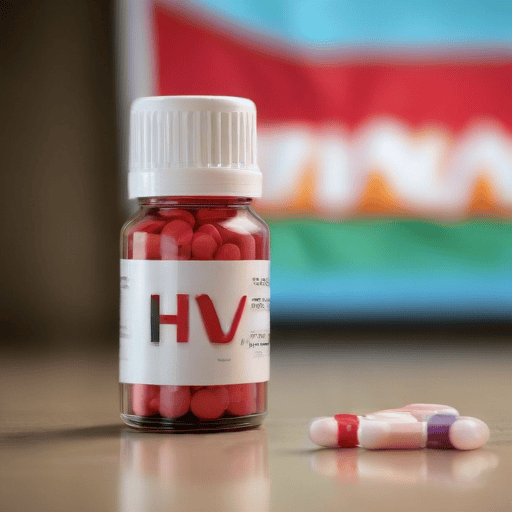The Ministry of Health is actively addressing the serious shortage of HIV medications, a critical issue affecting many individuals in Fiji. In response to recent concerns, the ministry has stated that it is closely monitoring the distribution of these essential medications, including Antiretroviral (ARV) drugs, which are fundamental in the treatment of HIV.
The ministry has established partnerships with global organizations to replenish stocks effectively. They are utilizing the United Nations Development Programme (UNDP) to facilitate the procurement of additional ARV supplies. There is a signed agreement with suppliers, and the ministry remains optimistic that new shipments will arrive by the end of the month. Despite the ongoing shortage, they are ensuring that individuals living with HIV can access alternative medication regimens sufficient for a month, demonstrating their priority in patient care.
The available data reveals that Fiji faces a significant HIV burden, particularly among its indigenous iTaukei population, which constitutes 89 percent of those living with the virus. The information shared at the Global AIDS Monitoring and HIV Estimates Workshop has also shown a disparity in how different ethnic groups access HIV testing. While the iTaukei individuals tend to seek testing at public healthcare facilities, where their results contribute to national health statistics, individuals of Indian descent and those from other ethnic backgrounds generally prefer private testing, which can lead to inconsistencies in the data tracking the epidemic.
In the face of these challenges, the Ministry of Health’s proactive measures signal hope for better management of HIV treatment in Fiji. By addressing medication shortages and improving testing accessibility across all demographics, there is potential for enhanced public health outcomes and greater awareness of HIV within the community.
This positive approach not only seeks to ensure that those living with HIV receive the necessary treatment but also aims to streamline how data on the epidemic is gathered and reported, paving the way for a more effective public health strategy in the future.

Leave a comment